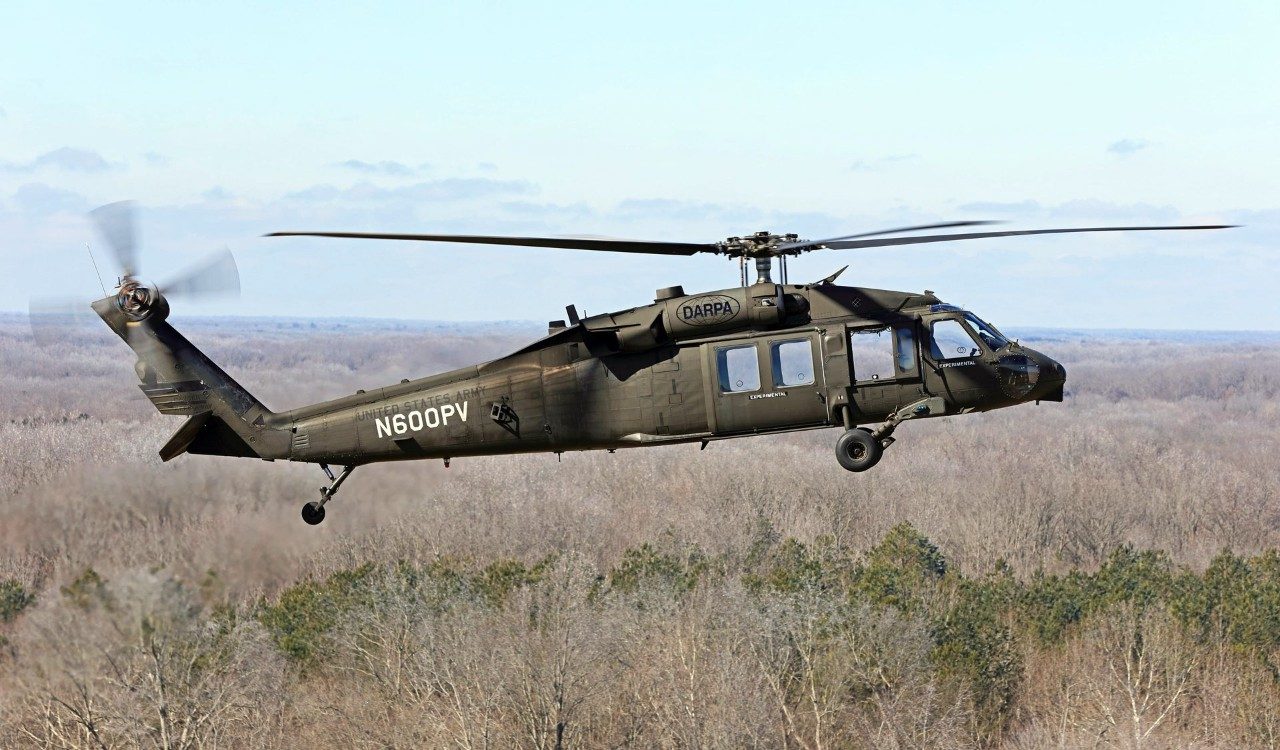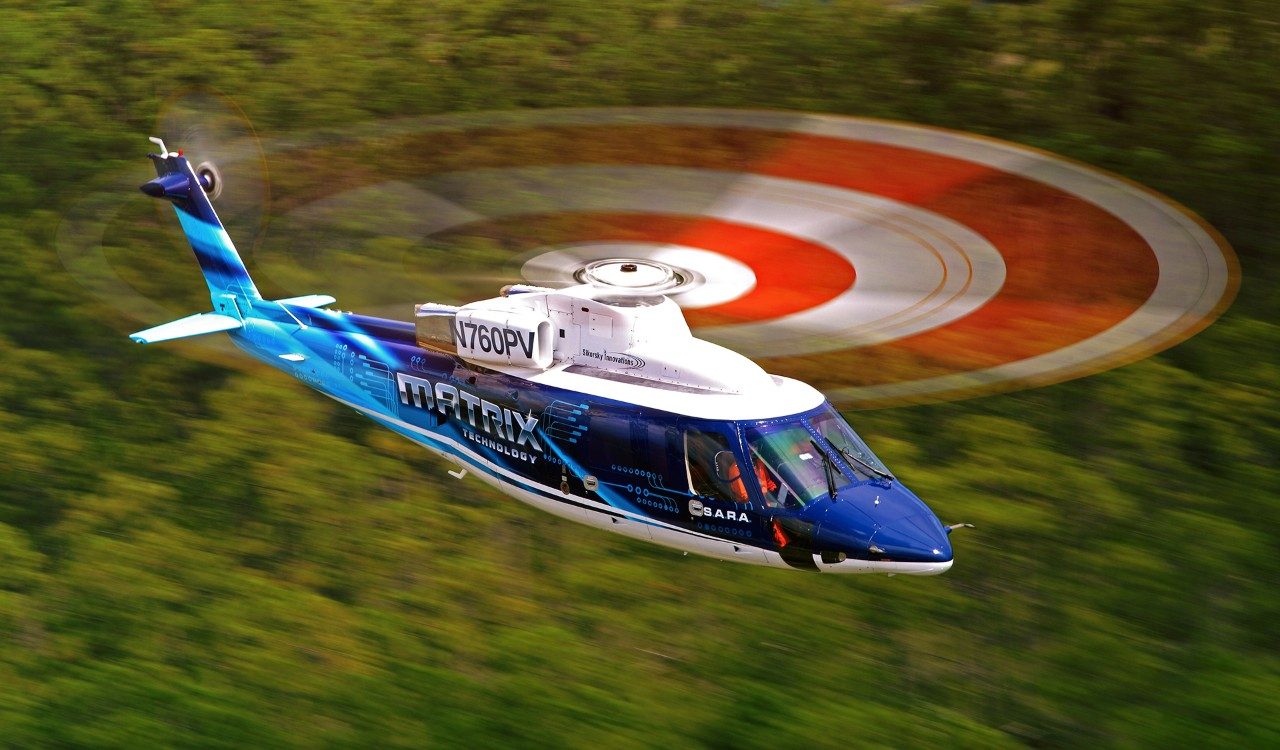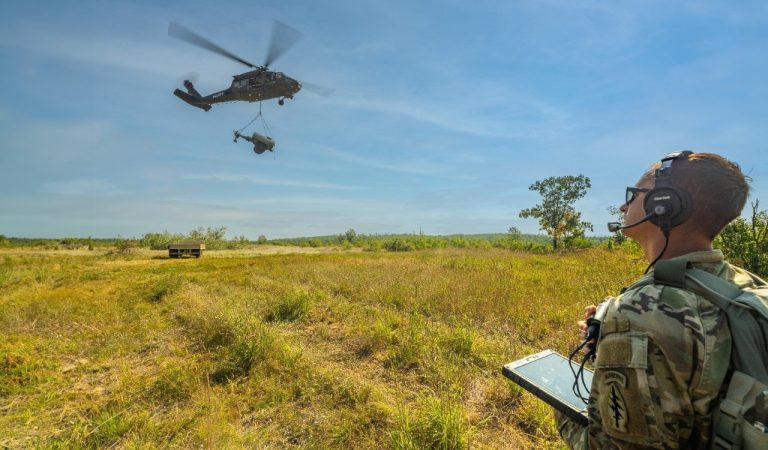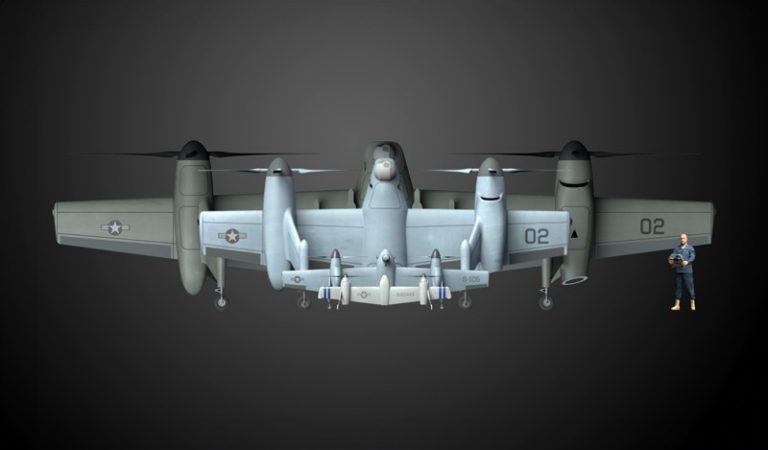Sikorsky MATRIX™ technology could one day enable utility helicopters to resupply forward forces on the future battlefield without any human pilots or crew on board.
Sikorsky, a Lockheed Martin company, and the Defense Advanced Research Projects Agency (DARPA) successfully demonstrated this logistics/resupply capability to the U.S. Army in October 2022 using an optionally piloted Black Hawk helicopter.
MATRIX technology forms the core of DARPA’s ALIAS (Aircrew Labor In-cockpit Automation System) project, an ongoing partnership between Sikorsky and DARPA. The autonomy project is designed to exponentially improve flight safety, reliability and efficiency of both rotary and fixed wing aircraft.
As the enabling technology for optionally piloted flight, MATRIX technology enables rotary and fixed-wing aircraft to be flown with or without humans on board, depending on the mission.
The technology combines software and hardware components to enable autonomous flight in obstacle-rich environments. This creates a safer flying experience overall for both military and commercial customers. Sikorsky’s work in autonomy technology spans several aircraft and focus areas.




Safe, Reliable, and Uninhabited: First Autonomous BLACK HAWK® Helicopter Flight
Sitting on the runway in Fort Campbell, Kentucky, one of Sikorsky’s pilots in an S-70™ BLACK HAWK® helicopter flips the optionally piloted cockpit switch from two to zero, exits the aircraft and walks across the runway.
Moments later, the Model A BLACK HAWK aircraft, identifiable by DARPA’s logo and tail number N60-OPV, completes a pre-flight check list, starts its engines, spins up its rotors and takes off with no crew onboard. All of it happens fully autonomously.


MATRIX and SARA
Sikorsky Autonomy Research Aircraft (SARA) is a modified S-76B helicopter that Sikorsky has converted into a flying lab.
Using SARA, Sikorsky continues to test and improve MATRIX™ technology for optionally piloted flight, as well as technologies for commercial applications, such as firefighting, cargo and urban air mobility.
SARA can perform full-authority flight control inputs for autonomous flight — including takeoff, route planning, obstacle avoidance, site selection and landing. Sensors give SARA a 3D understanding of its environment in real time.
+1 (800) WINGED-S (946-4337)






